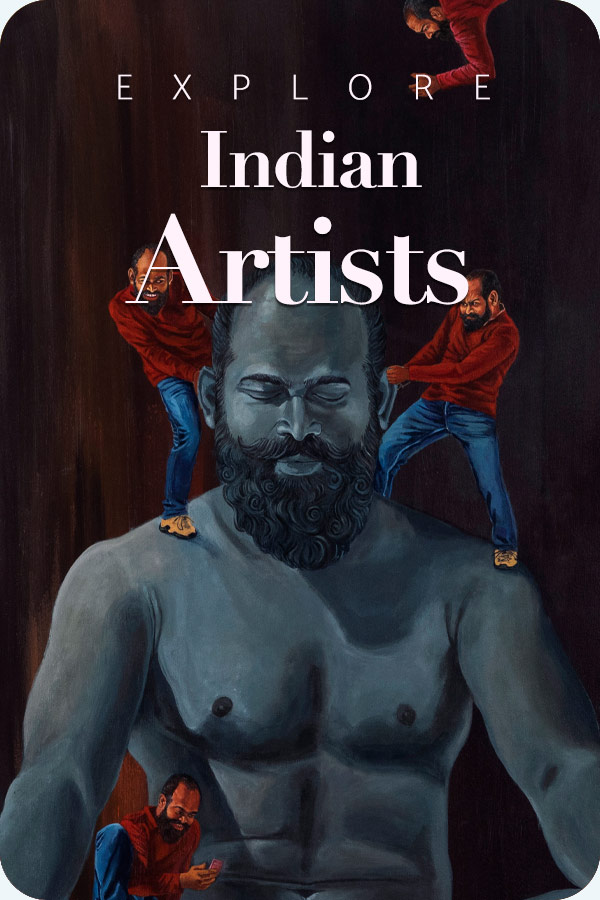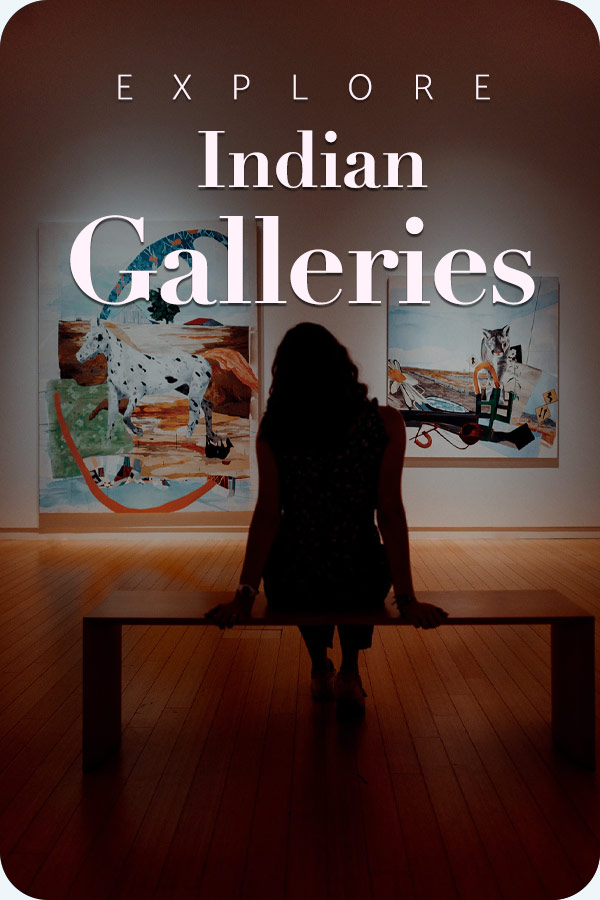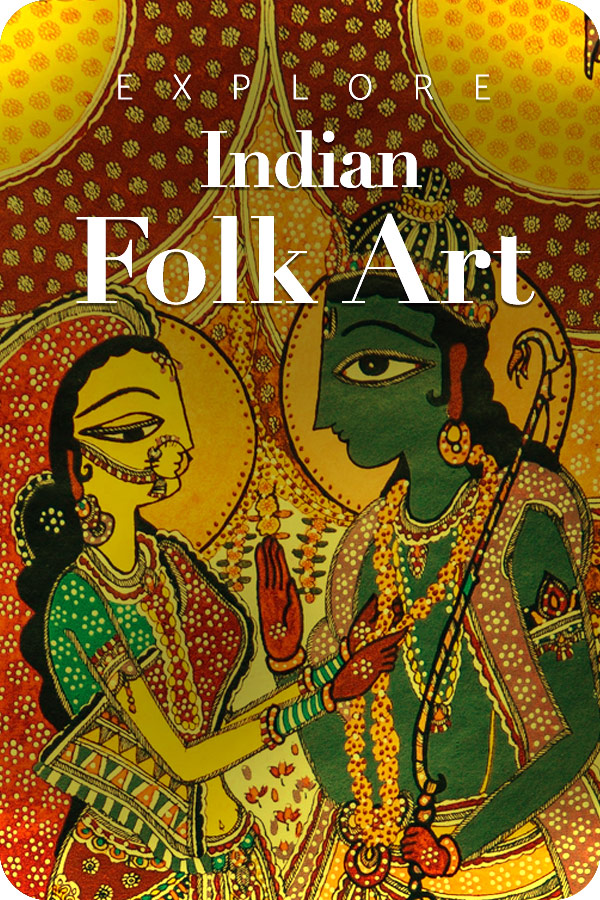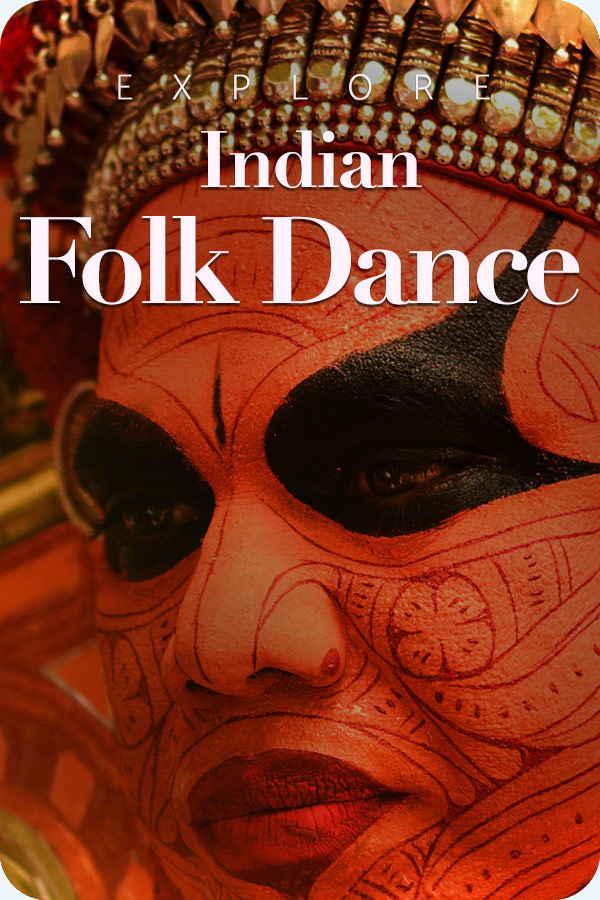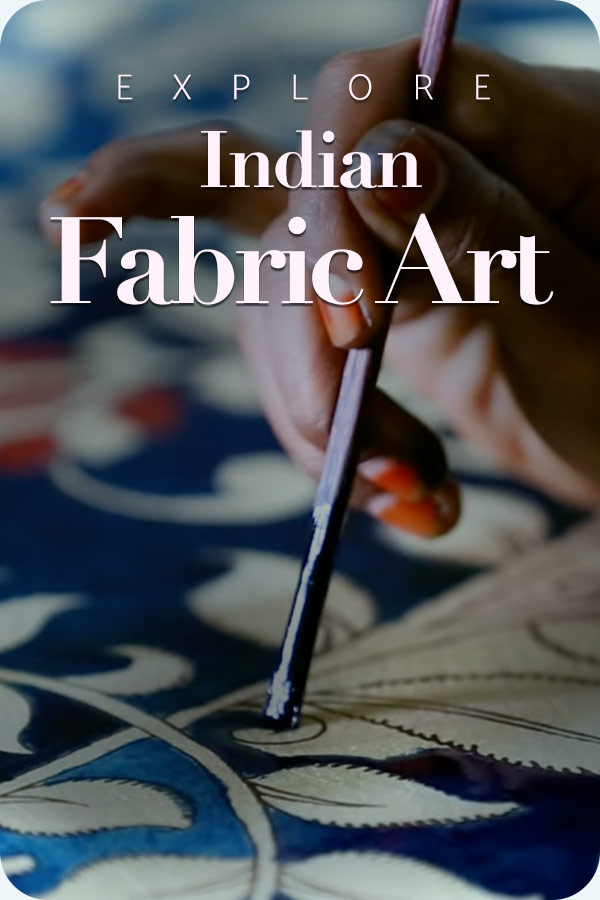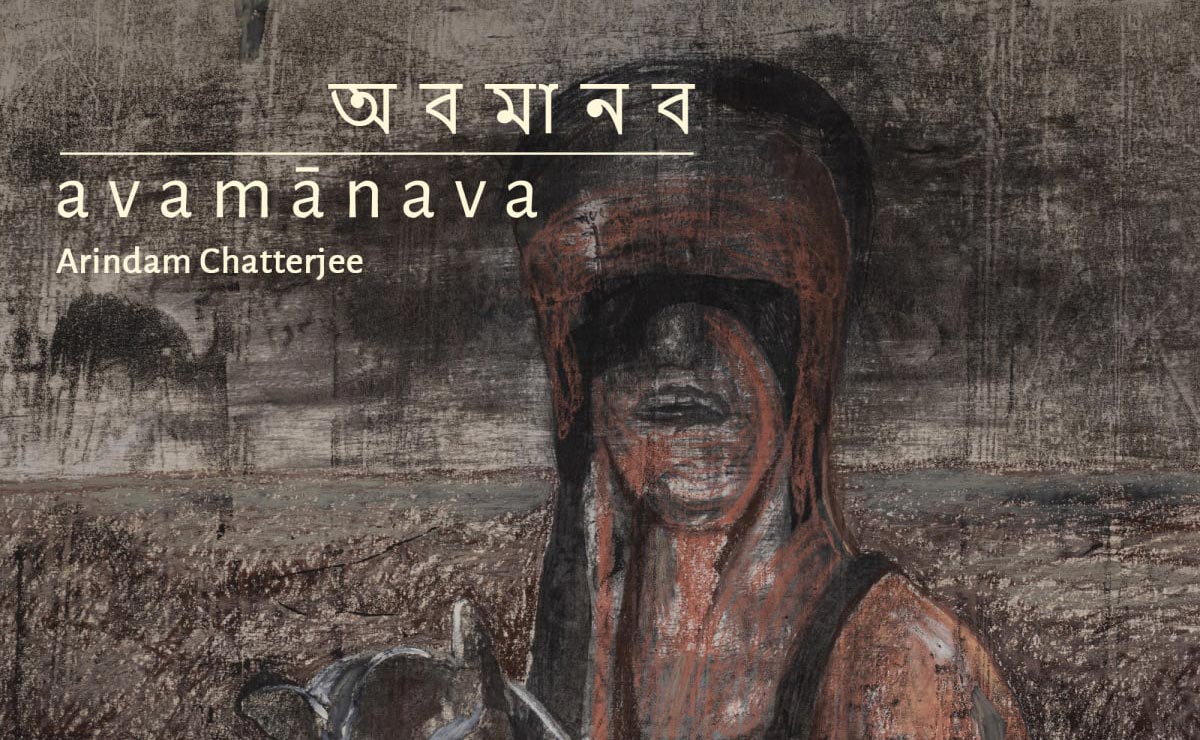
On November 7, 2025, Emami Art in Kolkata is set to unveil a solo exhibition, namely ‘Avamanava’ by the distinguished Kolkata-based artist, Arindam Chatterjee, and will continue to be on display till December 24, 2025. This upcoming exhibition is definitely more than just a display of art; it is a full-fledged discourse on unsettling psychological exploration into the very core of human ethics.
What is the Avamanava?
The Bengali term Avamanava is quoted with layered meanings. Emami Art specifically notes its usage in the sense coined by Rabindranath Tagore, who translates it as “sub-man” or “sub-human.” This crucially refers to a state of existence which is situated at a critical and uncomfortable juncture between a “base animal” and a “fully enlightened human being.”
Arindam Chatterjee’s works are primarily executed on paper. The exhibition will display virtually thirty pieces of his art that evoke feelings of jijnasa (the desire to know), terror, and a lot more. These evocative waves of feelings offer a confrontational sense of awe and amazement to the viewers by exposing them to the raw, unstable truth of human existence. By presenting somewhat unfinished works, unfamiliar, and confusing, the artist aims to tear down the conventional and stable representation of life and push the viewers towards a more obscure and darker corner of contemporary life.
The Neo-Expressionist Vision
A key concept that gets reflected in Chatterjee’s way of expression is inspired by Francis Bacon’s concept of the Brutality of Fact. Bacon was acknowledged for his raw, emotionally electrified, and often appalling figurative paintings that captured the dark and grey areas of human existence. Arindam, too, attempts to channelize this philosophy in his work by displaying a sense of refusal towards simplifying the world’s harshness.
About The Artist
View this post on Instagram
Arindam Chatterjee, born in 1972, is a product of Kolkata’s Government College of Art and Craft and Visva-Bharati’s Kala Bhavana, Santiniketan. He began his career in the 1990s as an abstract painter but made a decisive pivot to figurative work around the mid-2000s. This shift was motivated by an “urgency for a more direct and communicative form of expression to respond to the conflictual world.”
His current style is neo-expressionist-like language, with traces of the abstract past remaining in his work. This is evident in the rich, expressive pigmentation and experimental medium work that characterize his paintings and drawings. His usage of powerful imagery is deeply entangled with the social, political, and cultural realities of our society.
His previous solo show at Emami Art, ‘Not a Dream, Not Peace, Not Love’ (2024), similarly explored a dystopian world, capturing the death, wounds, and suffering of various creatures in what he perceives as the fragile times of modernity. Inspired by post-Tagorian modernist literature from Bengal, writers like Jibanananda Das, Binoy Majumdar, and Kafka and Dostoevsky, Chatterjee’s ideology seeks to expose the “dark faces of times” that are often absent from the fabricated narratives of neoliberalism.
Event Details
| Exhibition | Detail |
|---|---|
| Title | অ ব মা ন ব / a v a m ā n a v a |
| Artist | Arindam Chatterjee (b. 1972) |
| Host Gallery | Emami Art, Kolkata (Ground Floor, Gallery 2 & 3) |
| Dates | 7 November – 24 December 2025 |
| Preview | 7 November 2025, 5 PM onwards |
| Core Theme | Profound human ethics and the “Brutality of Fact” |
| Career Highlights | Second major solo at Emami Art; awarded Navonmesha Puraskara (2003) and the H K Kejriwal Memorial Award (1997) |
What to expect in অ ব মা ন ব / a v a m ā n a v a
- Small-to-medium works on handmade paper and mixed media that combine drawing, monotype-like textures, and painterly washes; many recent works present fragmentary figures, repeated forms, and blurred physiognomies.
- An ethical, psychological framing: Emami’s copy signals a conceptual engagement with human “brutality” and moral disorientation that recalls Bacon’s confrontation with fact and violence in figuration. Expect an austere emotional register rather than decorative prettiness.
A Critical Reading
Arindam Chatterjee’s paintings use the human body to show feelings of pain, memory, and the experiences people go through in life. He often paints on rough, stained paper, making the figures look both familiar and unsettling. This gives the sense that each body carries traces of time and emotion, like an old record of human life. Emami Art explains that his work doesn’t try to comfort the viewer; instead, it makes them face the harsh truths about how fragile and morally complex people can be.
Takeaway
In the contemporary timeline, when many galleries prefer people-pleasing or market-friendly motifs, Emami Art’s framing of the avamanava feels refreshingly necessary. Arindam Chatterjee’s insistence on the small scale, the fragile medium of paper, and a vocabulary of physical distress resists the ease of easy consumption of art; these works demand slow looking. It is not exhibited to soothe the so-called artistic thirst of the spectators, but it is to make people think about vulnerability, complicity, and the stubborn, often ugly facts that painting can still make visible. It enriches the value of art as it is supposed to be the mirror of society.


